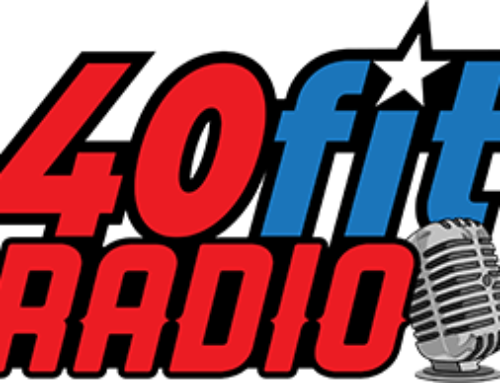Today Coach D and Trent discuss how to train and program around a sport or other recreational activity, such as mountain biking, running, rock climbing, etc. And the short answer is… it depends!
There are many variables to consider when programming around a sport or activity, especially when that sport or activity has high physical demands. We only have so much recovery resources in the bucket, so to speak, and while we can make the bucket bigger over time though training, recovery is a finite resource. Both training and sport/recreation will draw from the bucket, so you have to program intelligently to do both at the same time.
Two broad training models, first elucidated by the Soviet master coaches in the late 70’s and 80’s, can be used to structure a program: the conjugate and concurrent models.
The conjugate model refers to training for one adaptation at a time, with the goal of tying together multiple blocks of training which gradually become more specific to the sport or activity in question. Block periodization, which is popular among advanced powerlifters, is one example. A powerlifter would start a training cycle with lower weight, high volume strength training, perhaps with some light conditioning to improve work capacity. The goal during this block is hypertrophy (muscle growth) and work capacity (improved conditioning and recovery so you can do more stuff in a workout). The next block will have the lifter pull back on the volume a bit and increase the weight, with the same overarching goal but starting to get more specific toward developing force production (max strength). In the final block, the lifter will significantly increase the weight, lower the volume, and the goal of the block shifts toward maximum force production — in other words, a goal that is specific to his sport, which is lifting as much weight as possible for a single rep.
In contrast, the concurrent model aims to train multiple adaptations simultaneously. An athlete training concurrently will often train strength, conditioning, and perhaps skill work all within the same mesocycle. This models allows the athlete to maintain a high level of ability in several areas, but requires the coach and athlete to walk a tight rope in terms of managing recovery and overtraining. Professional crossfitters are perhaps the ultimate concurrent athletes, as they must be strong, highly conditioned, and posses a wide base of gymnast skills when they walk onto the platform at the Games. However, even most high level crossfit athletes train in a conjugate model during their offseason, furthest out from the games.
Most people are probably best off training in a conjugate style, developing their general strength with the main barbell lifts while they are furthest out from their sport season or event (like a race or powerlifting meet). Then moving closer to the desired adaptation as they move closer to the event.
Connect with 40fit Radio

Leave A Comment